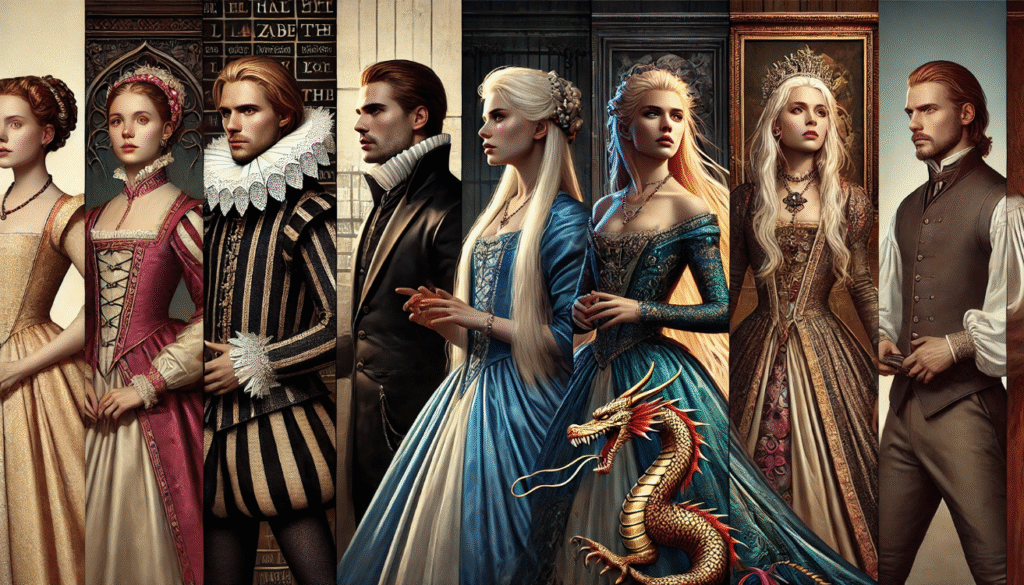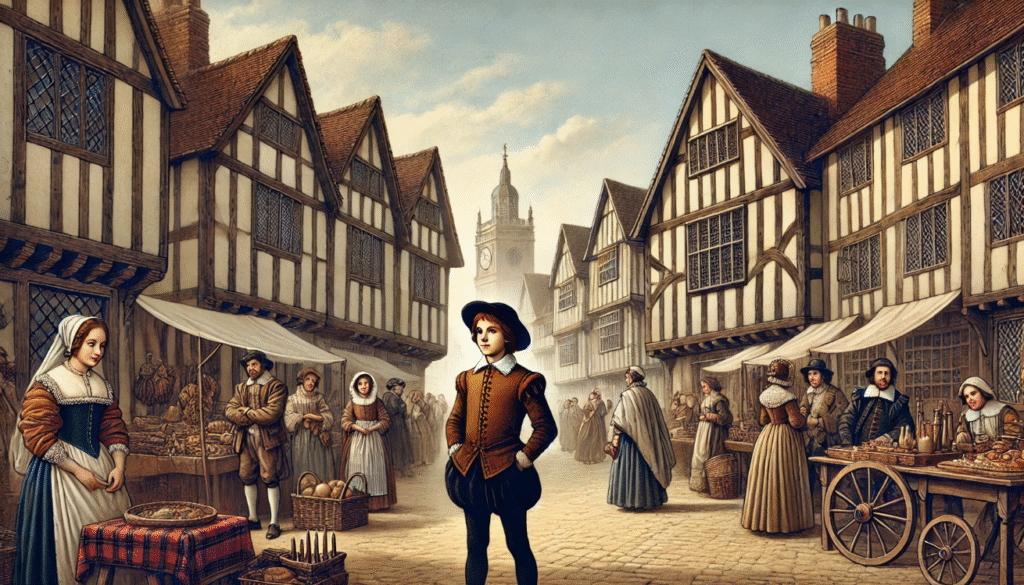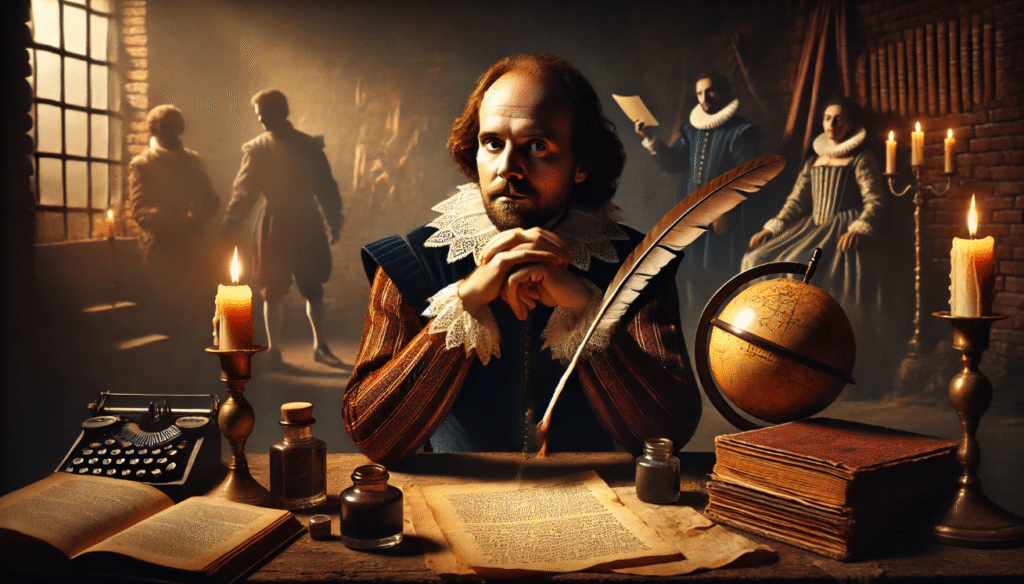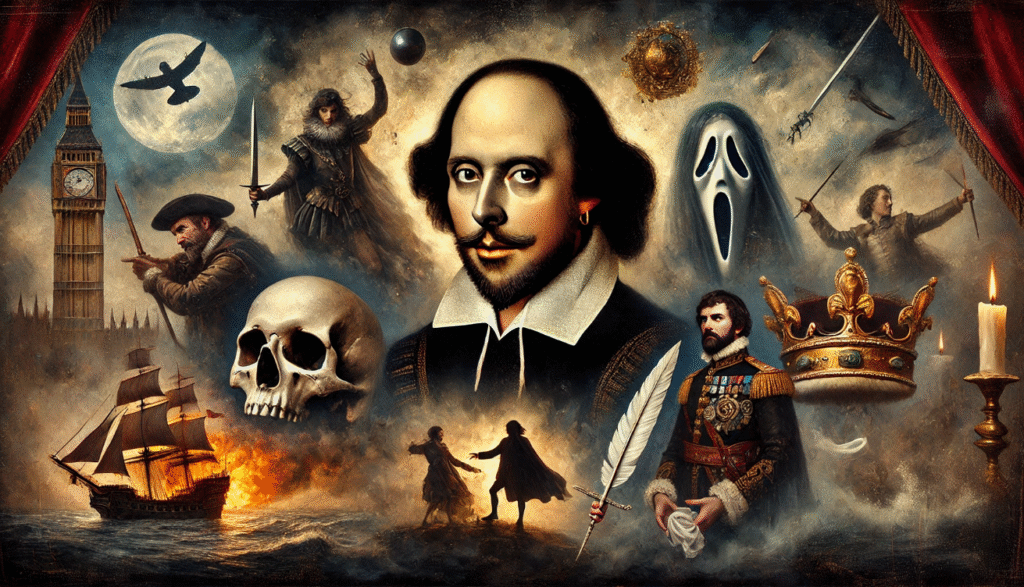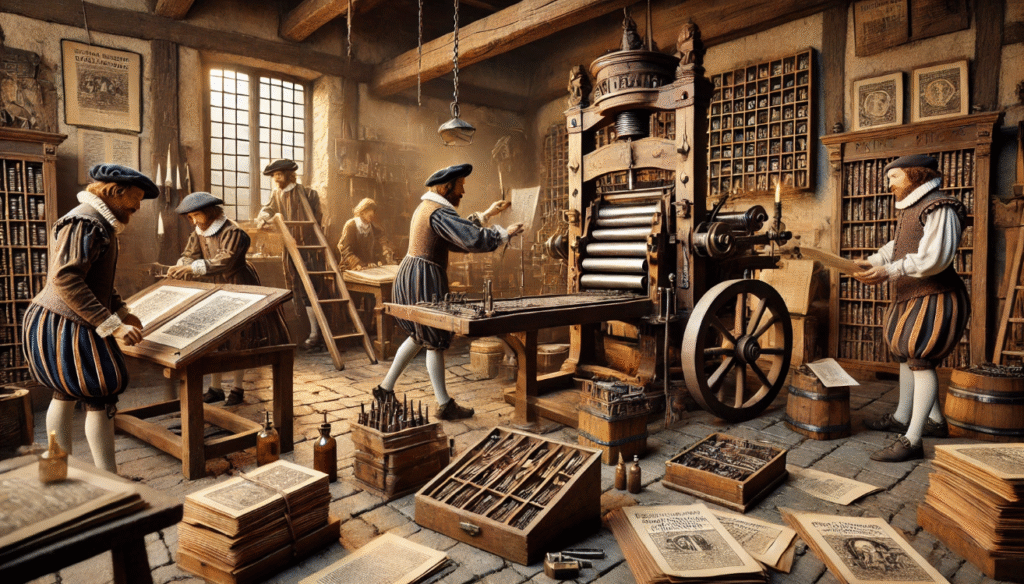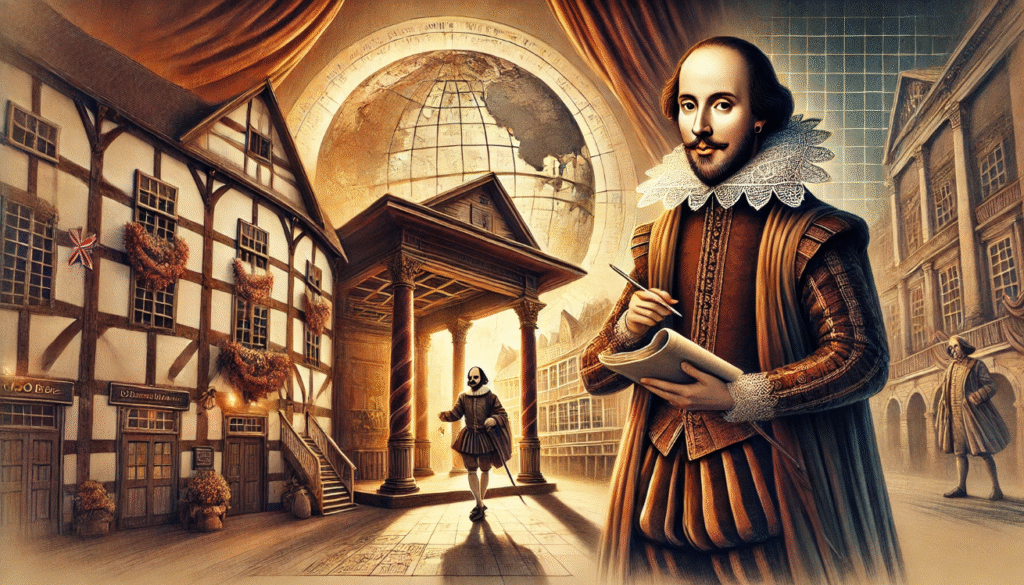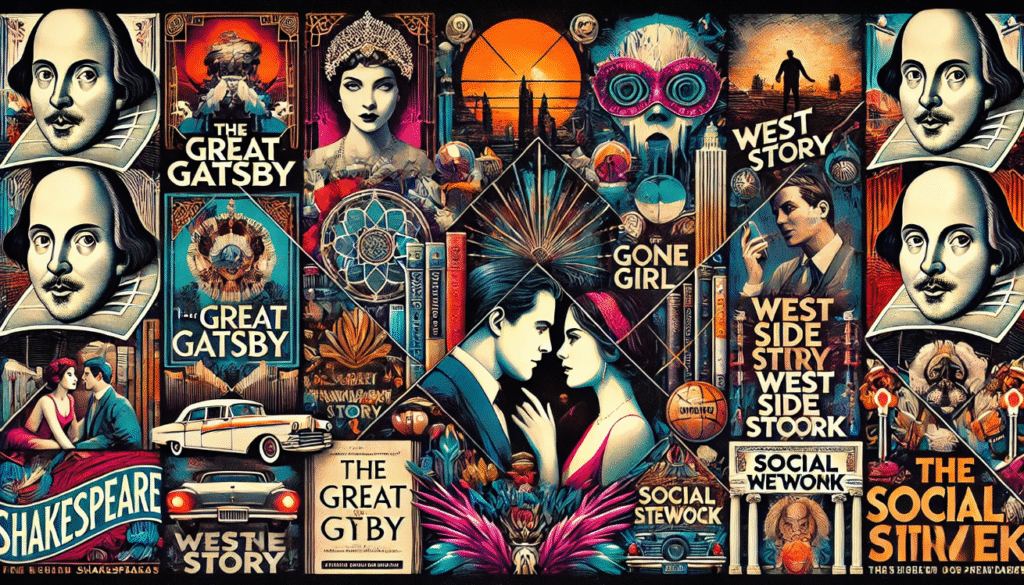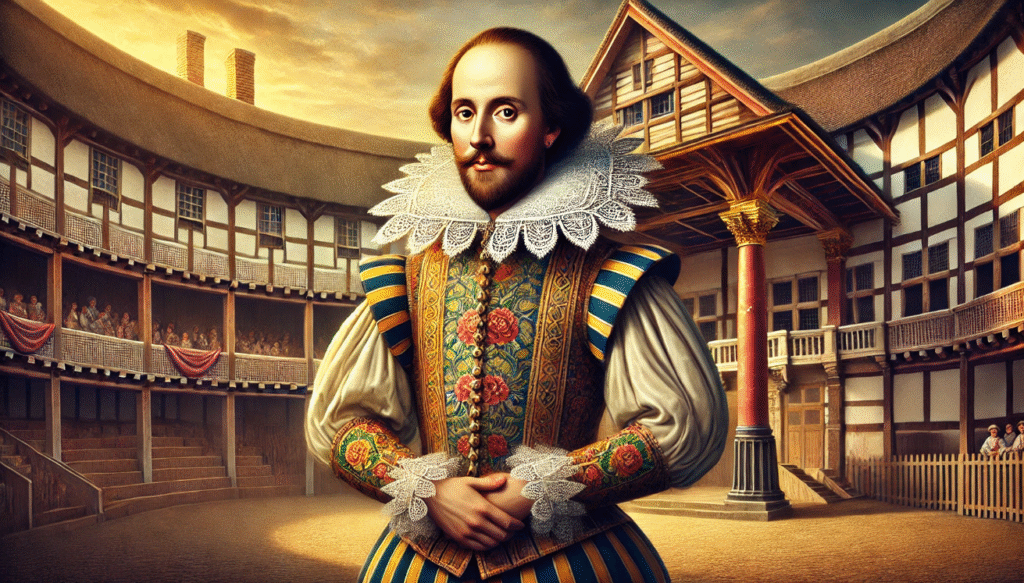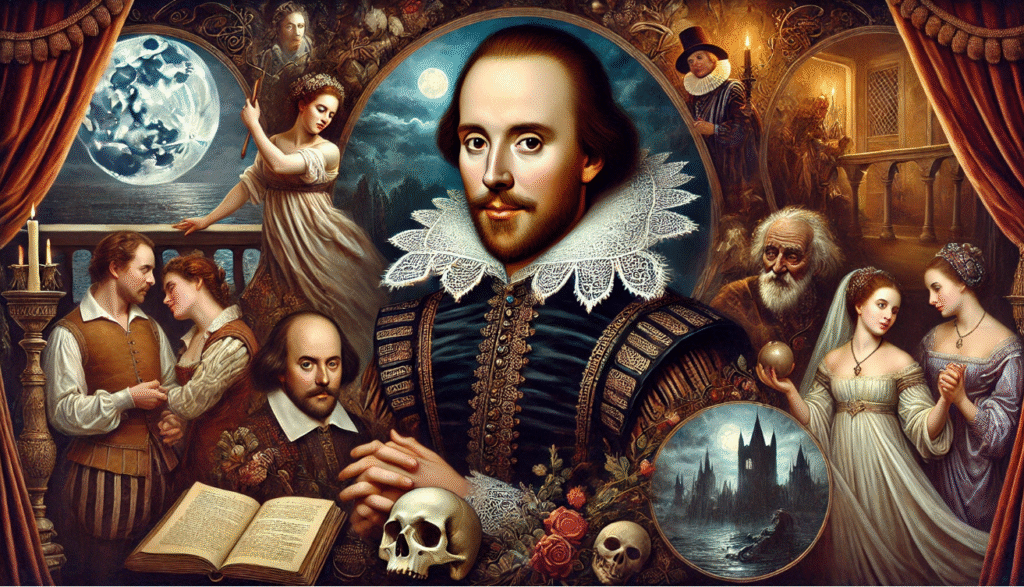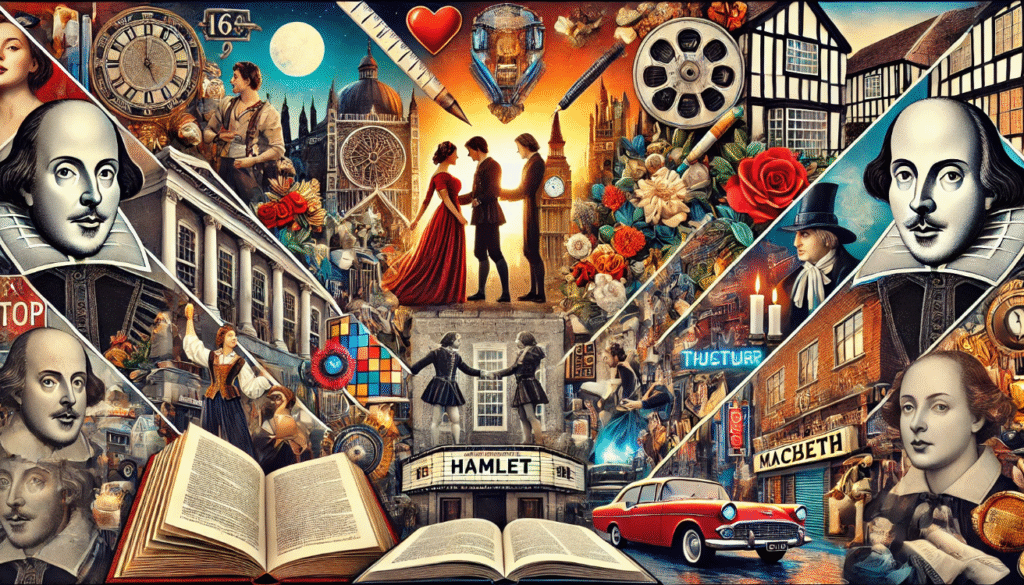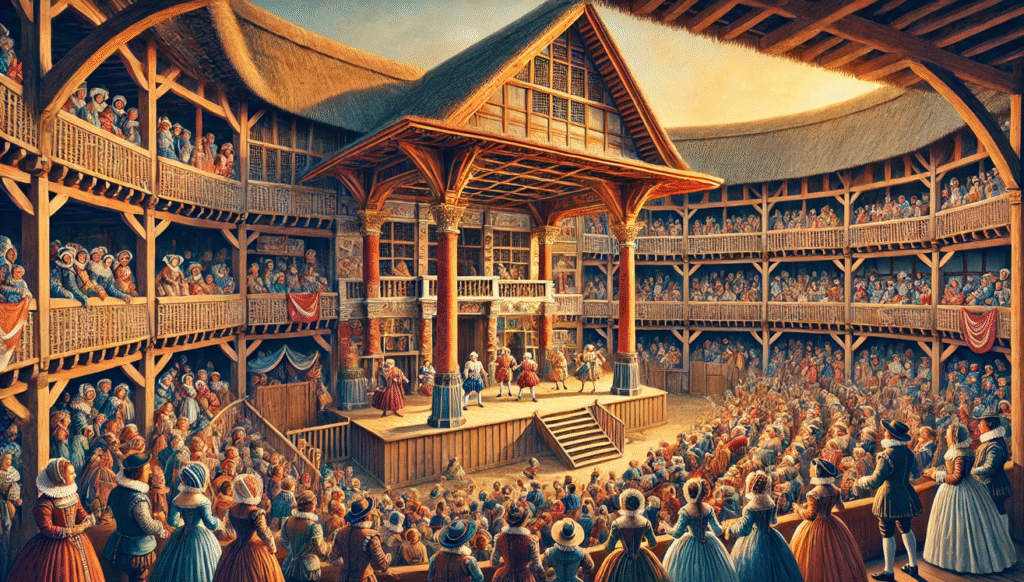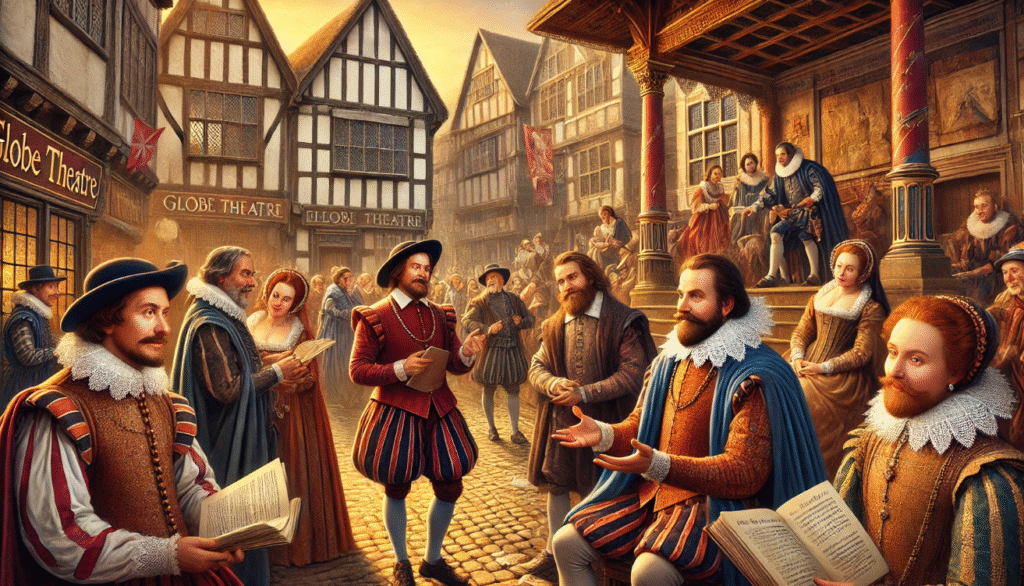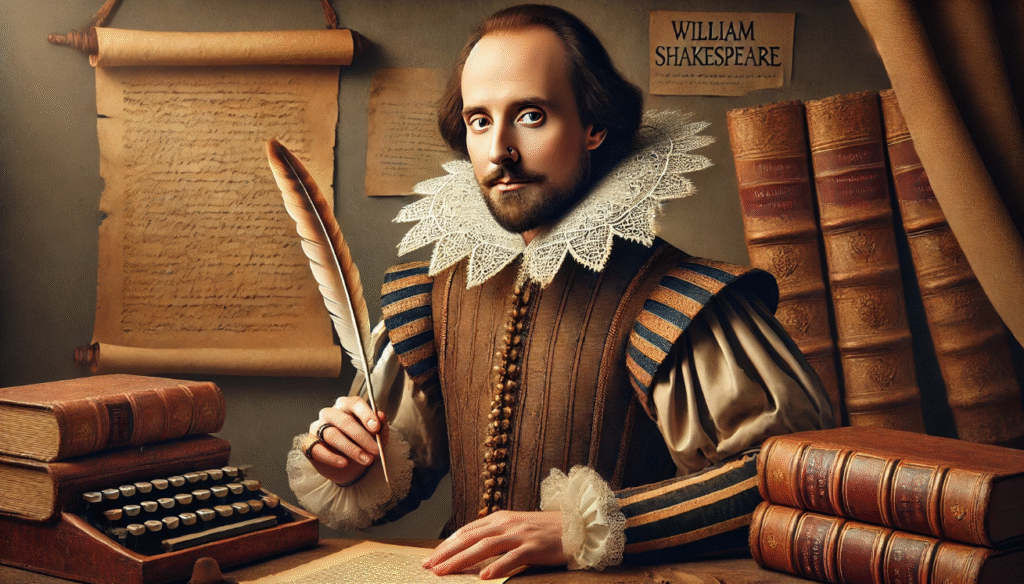 Historical changes in the portrayal of Shakespeare’s characters have been captivating audiences for centuries, with their complexity and depth continually inviting new interpretations. However, just as fashion evolves over time, so too has the portrayal of these iconic figures. The historical changes in the portrayal of Shakespeare’s characters reveal much about societal shifts, values, and cultural perspectives. Over the years, different actors, directors, and movements have redefined how we view Hamlet, Lady Macbeth, and Othello, among others, making each portrayal distinct yet rooted in the timeless human experience.
Historical changes in the portrayal of Shakespeare’s characters have been captivating audiences for centuries, with their complexity and depth continually inviting new interpretations. However, just as fashion evolves over time, so too has the portrayal of these iconic figures. The historical changes in the portrayal of Shakespeare’s characters reveal much about societal shifts, values, and cultural perspectives. Over the years, different actors, directors, and movements have redefined how we view Hamlet, Lady Macbeth, and Othello, among others, making each portrayal distinct yet rooted in the timeless human experience.
Similarly, an intriguing comparison can be made with historical changes in the portrayal of Shakespeare’s characters in pop culture, such as Daenerys Targaryen from Game of Thrones. Just as Shakespeare’s characters evolve with each new interpretation, an in-depth analysis of Daenerys Targaryen’s evolving costumes reflects a shift in societal and individual perceptions. Historical changes in the portrayal of Historical changes in the portrayal of Shakespeare’s characters evolution underscores how visual symbols—whether through clothing or character portrayal—help communicate deeper meanings about identity, power, and transformation. This article delves into how the portrayal of Historical changes in the portrayal of Shakespeare’s characters has changed throughout history, illustrating how these shifts continue to shape our understanding of his work.
Shakespeare’s Original Intentions and Historical Context

William Shakespeare’s plays were deeply rooted in the social, political, and cultural climate of Elizabethan England. Understanding his original intentions requires considering the historical context in which he wrote. During the late 16th and early 17th centuries, England was marked by a rigid social hierarchy, strict gender roles, and a rising sense of nationalism. Shakespeare’s characters often reflected these dynamics, with the struggles of power, identity, and morality playing central roles in his works.
Shakespeare’s primary goal was to entertain, but his plays also served as a mirror to society. His characters, such as Hamlet or Macbeth, were complex, often grappling with internal conflicts that reflected the human experience. At the same time, these characters were shaped by the societal norms of the time—women played by men, and social status was key to how characters were portrayed. Shakespeare understood that by showcasing these tensions, he could provoke both thought and emotion in his audiences.
Furthermore, the political landscape of the Elizabethan era, with its religious strife and the absolute monarchy of Queen Elizabeth I, influenced how characters were depicted. Many of Shakespeare’s works, including Julius Caesar and King Lear, explore themes of power, betrayal, and the consequences of leadership, reflecting the concerns of the time.
By acknowledging these historical elements, we gain a deeper understanding of how Shakespeare’s characters were crafted—both as products of their time and as timeless reflections of human nature.
Early Interpretations (17th–18th Century)

In the 17th and 18th centuries, Shakespeare’s plays were frequently adapted to fit the theatrical tastes and conventions of the time. Early productions often presented his characters in a more idealized and romanticized light, reflecting the values of the period. These portrayals were less focused on the raw complexity of Shakespeare’s original characters and more on their nobility, heroism, and morality.
The 17th century saw a shift towards formal, elaborate staging, with lavish costumes and a focus on spectacle. Actors portrayed characters in ways that emphasized their grandeur and virtue, rather than their flaws. For example, Hamlet, often viewed as a tortured soul in modern interpretations, was depicted as a noble and tragic hero, without the internal psychological struggles we see today. Similarly, Lady Macbeth was often played as a scheming villain, without the psychological depth that modern portrayals give her.
In the 18th century, Shakespeare’s works became increasingly associated with high culture, with actors like David Garrick revolutionizing performances. Garrick, in particular, sought to restore the emotional depth and authenticity of Shakespeare’s characters. His performances made characters like Hamlet and Macbeth more human and less like the exaggerated, one-dimensional figures of earlier productions. This shift paved the way for a more nuanced understanding of Shakespeare’s work, laying the foundation for the complex portrayals we see in modern theater.
Overall, early interpretations of Shakespeare’s characters emphasized spectacle and moral clarity, but the stage was slowly being set for the more nuanced, psychologically complex interpretations that would come later.
19th Century and the Rise of the “Star Actor”

The 19th century marked a significant shift in the way Shakespeare’s characters were portrayed, primarily due to the rise of the “star actor.” As theater became more commercially driven, individual actors gained celebrity status, and their personal interpretations of Shakespeare’s roles took center stage. This era saw actors like Edmund Kean, Charles Kean, and Sarah Bernhardt transform Shakespeare’s characters into more emotionally intense, larger-than-life figures.
The influence of the “star actor” resulted in more dramatic and passionate performances. Characters like Hamlet, Othello, and Macbeth were portrayed with an emphasis on deep emotional conflict, making them seem more human and less idealized. Hamlet, for example, was no longer just the noble prince, but a figure tormented by inner turmoil, which resonated with the growing Romantic movement of the time. The emphasis on emotional depth in the portrayal of characters brought Shakespeare’s works closer to modern sensibilities.
Additionally, the 19th century saw a growing interest in the psychological aspects of Shakespeare’s characters. Rather than merely showcasing their noble or villainous traits, actors began to delve into the complexities of human emotion and mental states. This transformation was influenced by the rise of psychology and philosophical movements, which encouraged deeper exploration of the mind.
As these actors took creative liberties with Shakespeare’s roles, the characters began to take on new meanings, reflecting the changing cultural and intellectual climate of the 19th century. This period laid the groundwork for the more intricate and layered interpretations of Shakespeare’s characters that would come in the 20th century.
20th Century: Modern Interpretations and Radical Changes

The 20th century brought radical changes to the portrayal of Shakespeare’s characters, driven by modernist ideas and a growing focus on psychological complexity. Directors and actors began to move away from traditional, rigid interpretations, instead exploring the darker, more nuanced aspects of Shakespeare’s characters. This period marked the birth of new ways to connect Shakespeare’s works to contemporary issues, from war and politics to personal identity and mental health.
One of the most significant influences was the advent of psychological analysis, particularly Freudian theory, which encouraged deeper exploration of the subconscious. Characters like Hamlet were reimagined as individuals struggling with internal conflict and existential doubt. Hamlet’s famous soliloquy, “To be or not to be,” for example, took on new layers of meaning, reflecting modern concerns about identity, depression, and the human condition.
In the realm of theater, directors like Peter Brook and John Gielgud revolutionized Shakespearean productions by embracing minimalist sets and focusing on the emotional and psychological depth of the characters. Shakespeare’s plays were no longer just historical dramas but became tools to examine universal human struggles. In films, directors like Orson Welles also reinterpreted characters, setting Shakespeare’s works in modern or even abstract contexts to make them more relatable to a 20th-century audience.
The 20th century also saw a greater emphasis on gender roles and social issues. Directors began casting women in traditionally male roles, such as Judi Dench’s portrayal of Hamlet, challenging conventional norms. Similarly, the exploration of race, as seen in productions like Othello, became a key focus, offering new interpretations of characters in light of social justice movements.
Ultimately, the 20th century marked a pivotal moment in the history of Shakespeare’s characters, as new interpretations pushed the boundaries of his work and made his plays relevant to modern audiences in ways that had never been done before.
21st Century: Diversity, Inclusivity, and New Perspectives

The 21st century has seen a transformative shift in how Shakespeare’s characters are portrayed, with an emphasis on diversity, inclusivity, and new perspectives. Modern productions now focus on breaking traditional boundaries, reflecting the global and multicultural society we live in. This era has embraced a broader range of actors, casting individuals of different races, ethnicities, and genders, thereby enriching the portrayal of Shakespeare’s timeless characters.
One of the most striking changes in the 21st century is the diverse casting that challenges the conventional norms. For example, in 2016, the Royal Shakespeare Company’s Hamlet featured a black actor, Paapa Essiedu, in the title role. This was a powerful statement on representation, showing that Shakespeare’s characters can resonate with any actor, regardless of their background. Such casting decisions reflect a growing desire to reflect the real world on stage and screen.
Additionally, the 21st century has brought a renewed focus on gender inclusivity. Women continue to take on traditionally male roles, with actresses like Maxine Alderton, who played Richard II, showing how these roles can be interpreted through a female lens. Gender-blind casting, where roles are not restricted to specific genders, has also allowed for fresh interpretations of characters such as Macbeth and Hamlet.
Modern productions also explore new perspectives, often set in contemporary or futuristic contexts, to make Shakespeare’s works more accessible and relatable to today’s audiences. Directors are adapting the settings, costumes, and even dialogue to reflect modern issues like politics, social justice, and identity. For instance, Baz Luhrmann’s 1996 film Romeo + Juliet set in a modern urban setting resonated deeply with younger generations, proving that Shakespeare’s themes are just as relevant today as they were in his time.
Ultimately, the 21st century has brought Shakespeare’s characters into a new era, offering a more inclusive, diverse, and nuanced view of his works. These changes allow audiences from all walks of life to engage with Shakespeare’s plays in meaningful ways, ensuring his relevance for future generations.
The Future of Shakespeare’s Characters

As we look to the future, the portrayal of Shakespeare’s characters will continue to evolve, reflecting the ongoing changes in society, technology, and cultural values. The 21st century has set the stage for even more innovation in how we interpret his works, and the future promises even greater diversity, technological integration, and experimental approaches to storytelling.
One of the most exciting trends is the increasing use of digital and immersive technologies in theater and film. Virtual reality, augmented reality, and 3D projections are allowing productions to create new, dynamic environments where Shakespeare’s characters can interact with audiences in unprecedented ways. This technology could breathe new life into traditional plays, making them more interactive and engaging, while preserving the emotional depth and complexity of the characters.
In addition, as the global conversation about social justice and inclusion continues, Shakespeare’s characters may be further reimagined to reflect contemporary issues. For example, themes such as race, gender fluidity, and mental health are already being explored in modern adaptations, and this focus is likely to expand. These changes could lead to more diverse casting and a broader range of interpretations, offering fresh perspectives on characters like Othello, Lady Macbeth, or Juliet.
The future will also likely bring more cross-disciplinary collaborations, blending theater with film, television, and even video games. These mediums allow for different artistic approaches, further expanding how Shakespeare’s characters are portrayed and understood. We may even see Shakespeare’s works interpreted through completely new genres, from sci-fi adaptations to animated or experimental performances.
Ultimately, the future of Shakespeare’s characters is one of constant transformation. As long as audiences continue to find new ways to connect with his timeless themes, these characters will remain relevant, adaptable, and capable of sparking powerful conversations for generations to come.
The portrayal of Shakespeare’s characters has undergone remarkable transformations over the centuries, evolving with societal changes, artistic innovations, and cultural shifts. From the idealized figures of the 17th and 18th centuries to the emotionally complex, diverse, and inclusive representations we see today, Shakespeare’s works continue to resonate with modern audiences in new and powerful ways.
As we move forward, the future of Shakespeare’s characters remains as dynamic as ever, with new technologies and evolving societal values opening up exciting possibilities for interpretation. Whether through innovative casting choices, reimagined settings, or the integration of new media, Shakespeare’s characters will continue to inspire, challenge, and captivate audiences across the world.
Ultimately, Shakespeare’s genius lies not only in the timelessness of his plots but also in the malleability of his characters. By constantly reinterpreting and reinventing these characters, we ensure that his works remain a vital part of the cultural conversation, proving that the human experiences he depicted are as relevant today as they were in his time.

